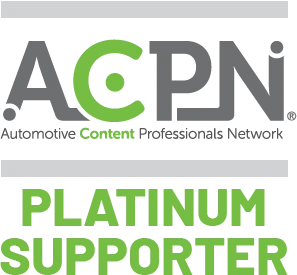To cover people and terrain, ECHA and member countries have been assigning the nonsupervisory requirements of 18 groups of substances among 19 groups (450 substances) to speed up nonsupervisory action on chemicals of concern.
Four groups of phthalates and phthalates-like substances were assessed as a group due to their implicit reprotoxic, endocrine dismembering, or patient, bio cumulative, and poisonous (PBT) parcels, which was the first assessment of chemicals published.
To limit the implicit releases from papers, a restriction has been proposed for some of the phthalates. In addition, some need harmonized bracket and labeling as well as identification as substances of veritably high concern (SVHCs). For other substances in these groups, there isn’t present enough information to confirm the implicit hazard and many don’t bear any new nonsupervisory conduct for the time being.
To cover the workers and the terrain, pyrazole half like nine structurally analogous substances are proposed to be confined in diseases. Some of the substances in this group are potentially poisonous to reduplication and may be endocrine disruptors.
“Assessing the nonsupervisory requirements for groups of substances is a major step forward in speeding up nonsupervisory action to cover people and our terrain from the pitfalls posed by dangerous chemicals. It’s also a stride towards the intentions of the EU’s Chemicals Strategy for Sustainability and Green Deal. Group assessments make it easier for companies to prognosticate what conduct controllers are planning and, where applicable, help them prepare strategies to replace dangerous chemicals with safer druthers”, says Bjorn Hansen, ECHA’s Administrative Director.
Registrants of those substances are encouraged to modernize their enrollment dossiers, vindicating the use information, and anticipating the impact of the proposed measures.
Reach out to our regulation experts on product regulatory compliances

